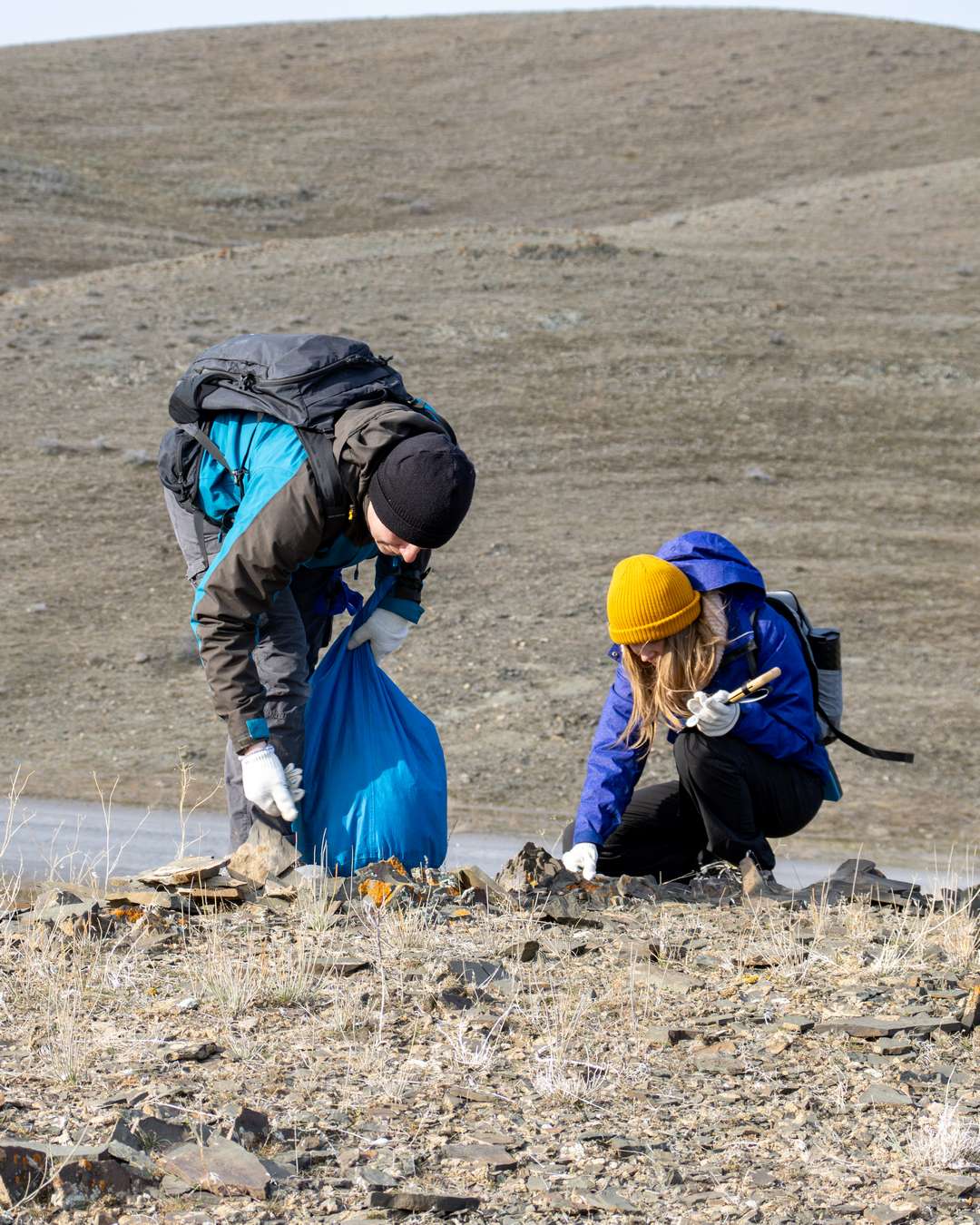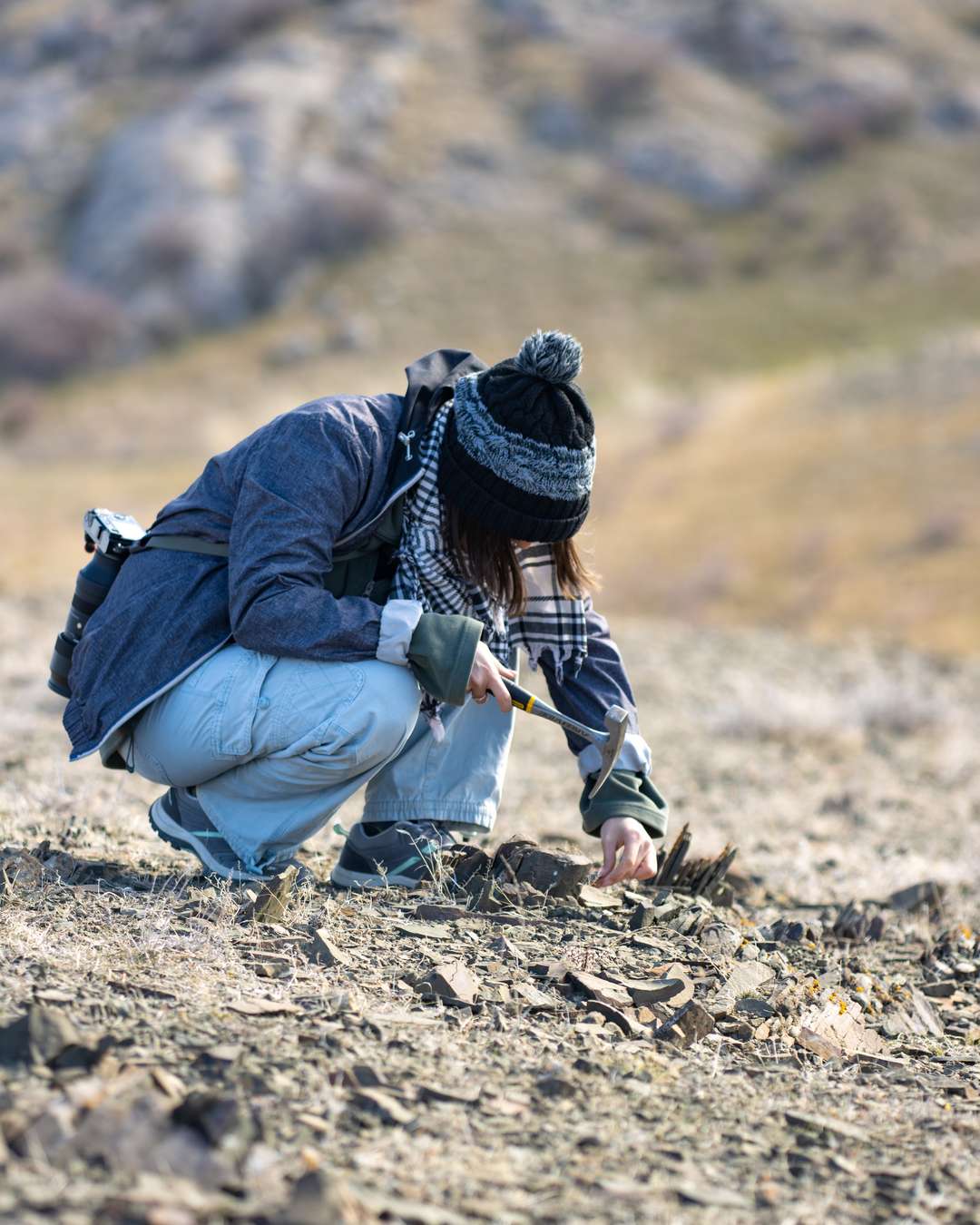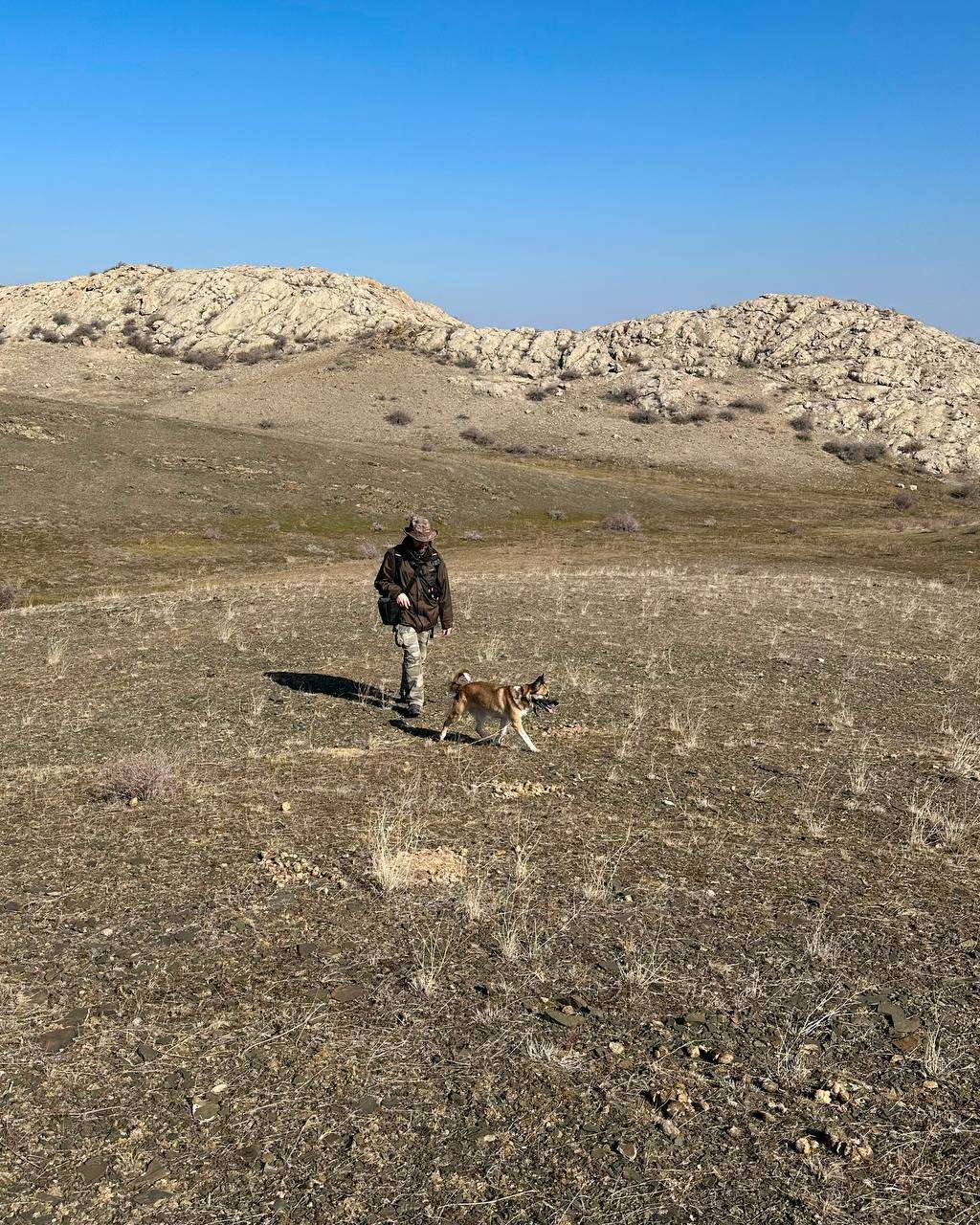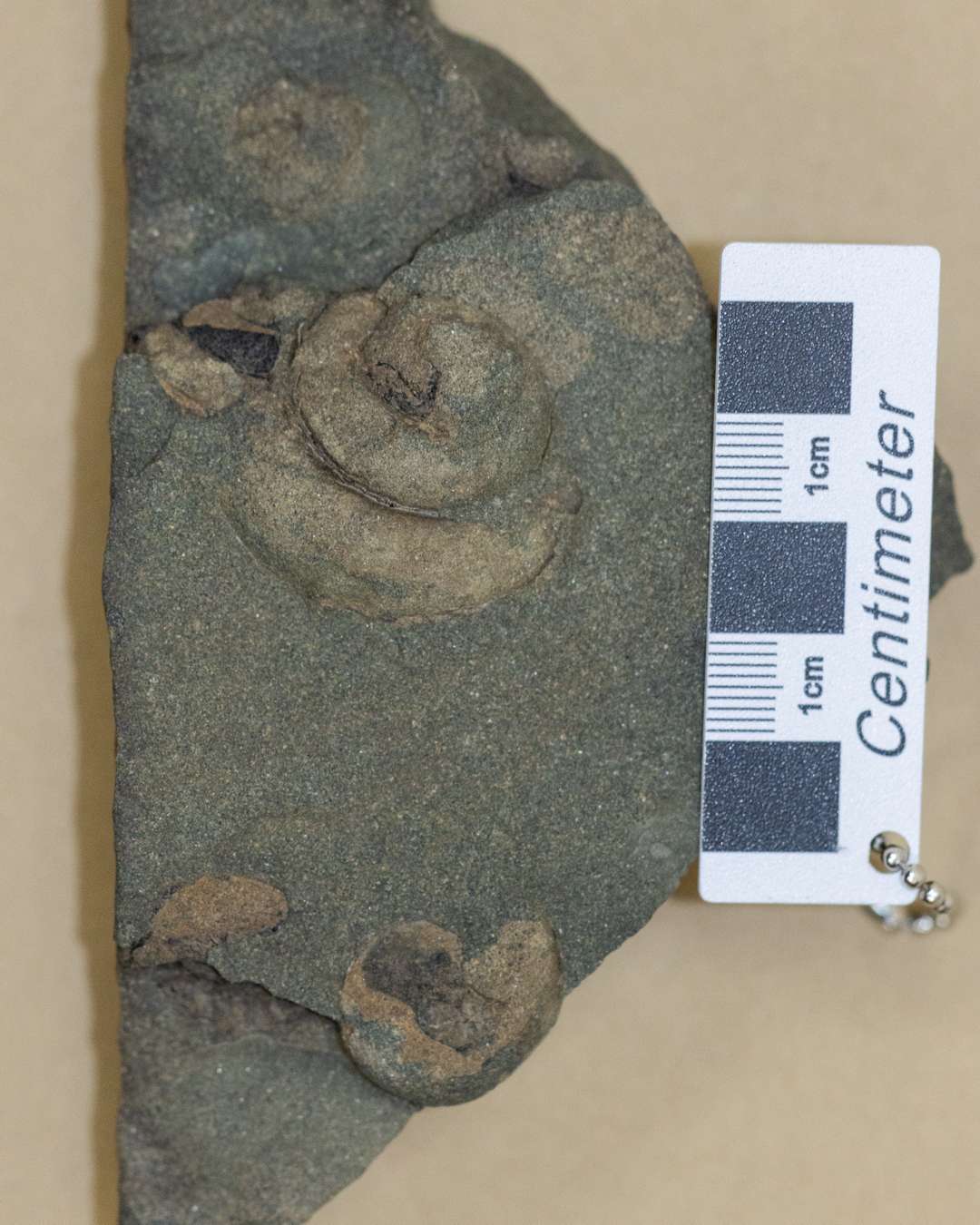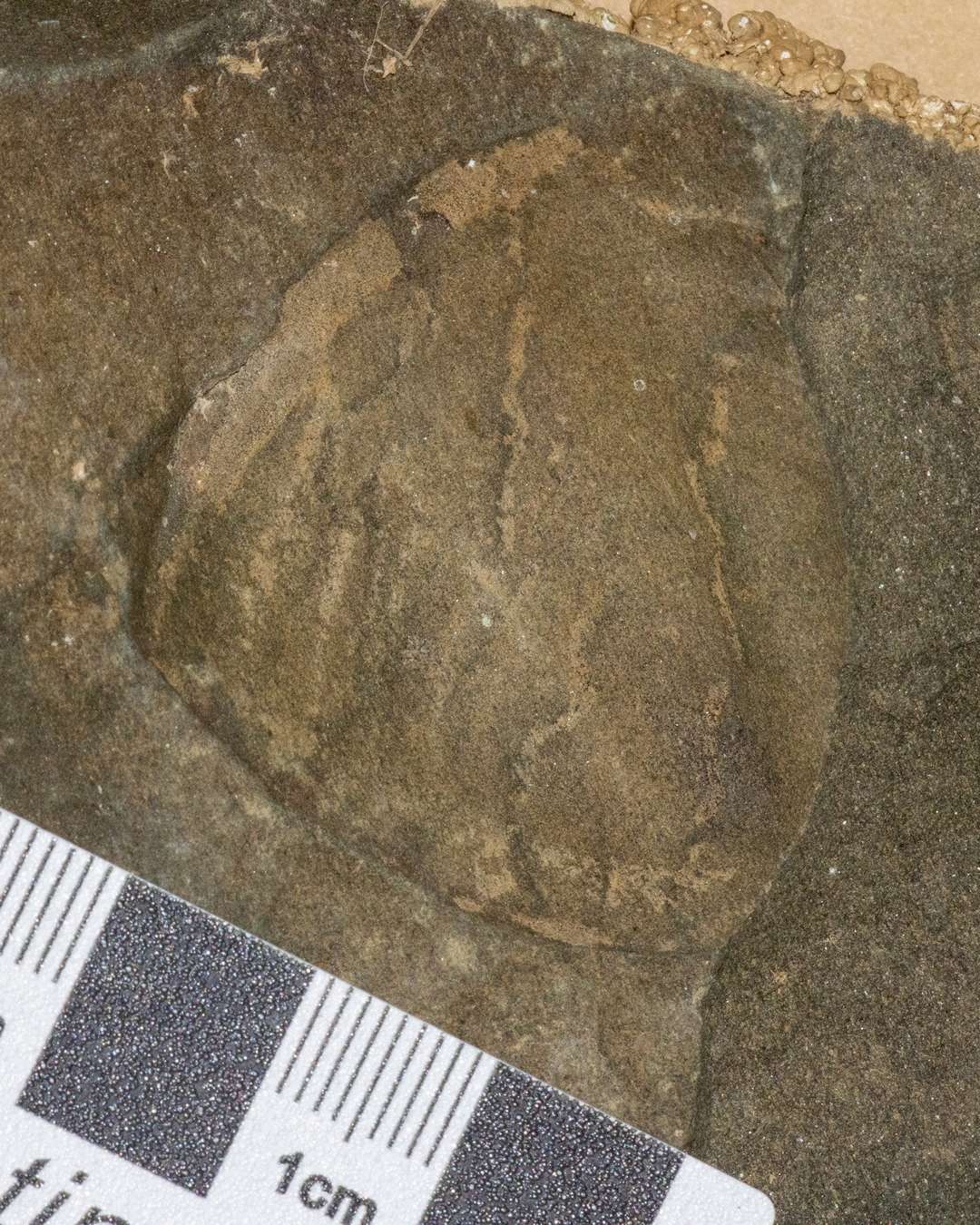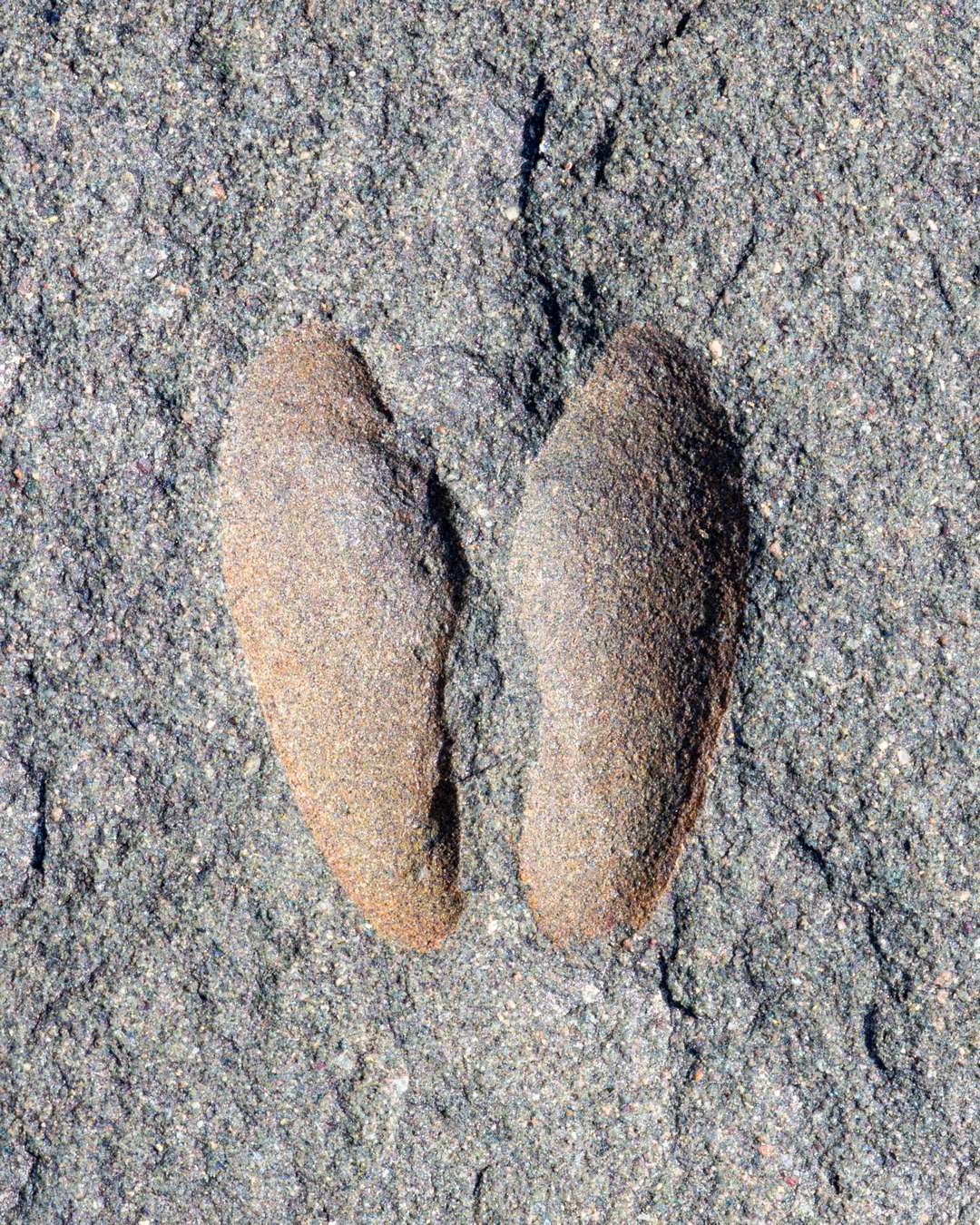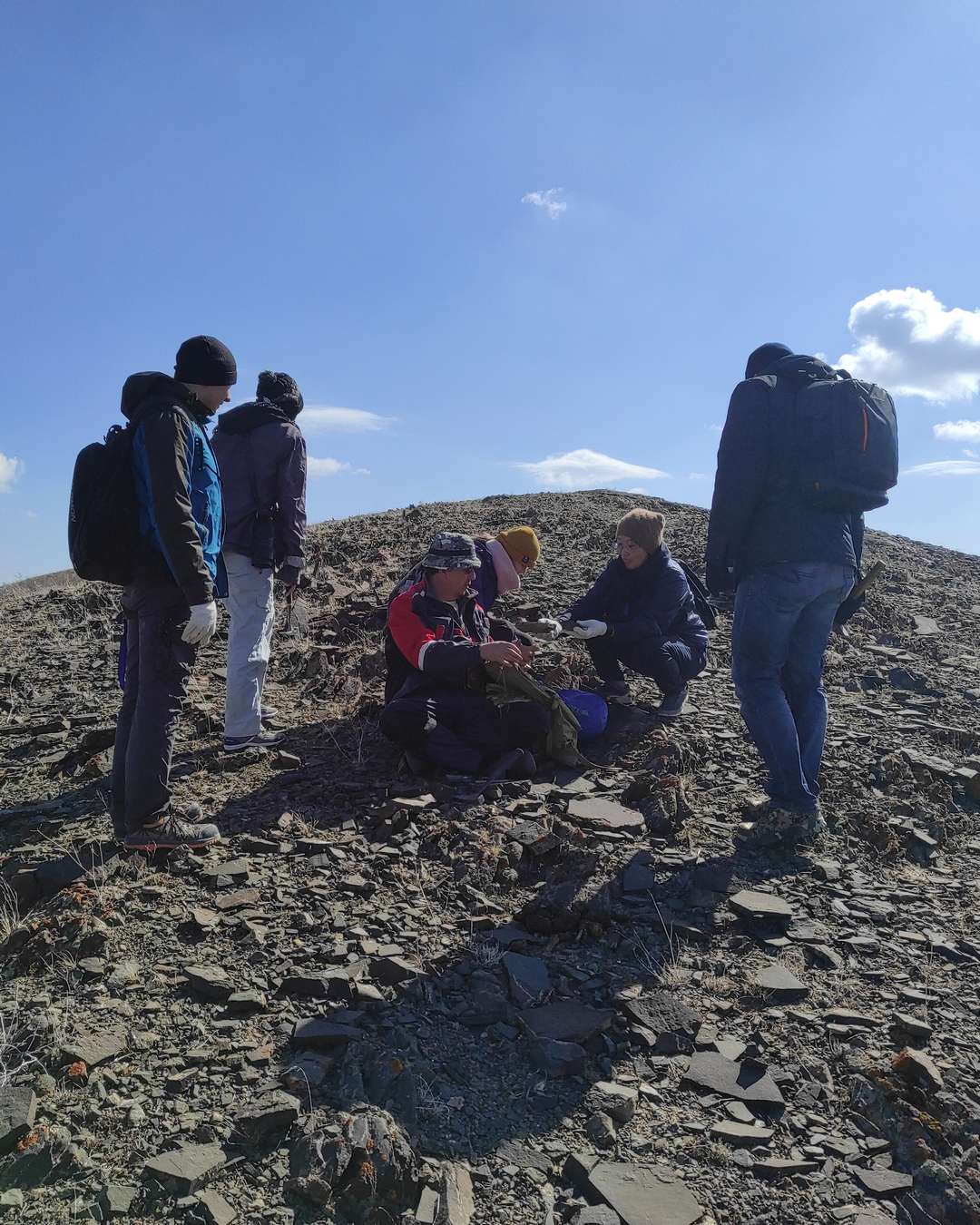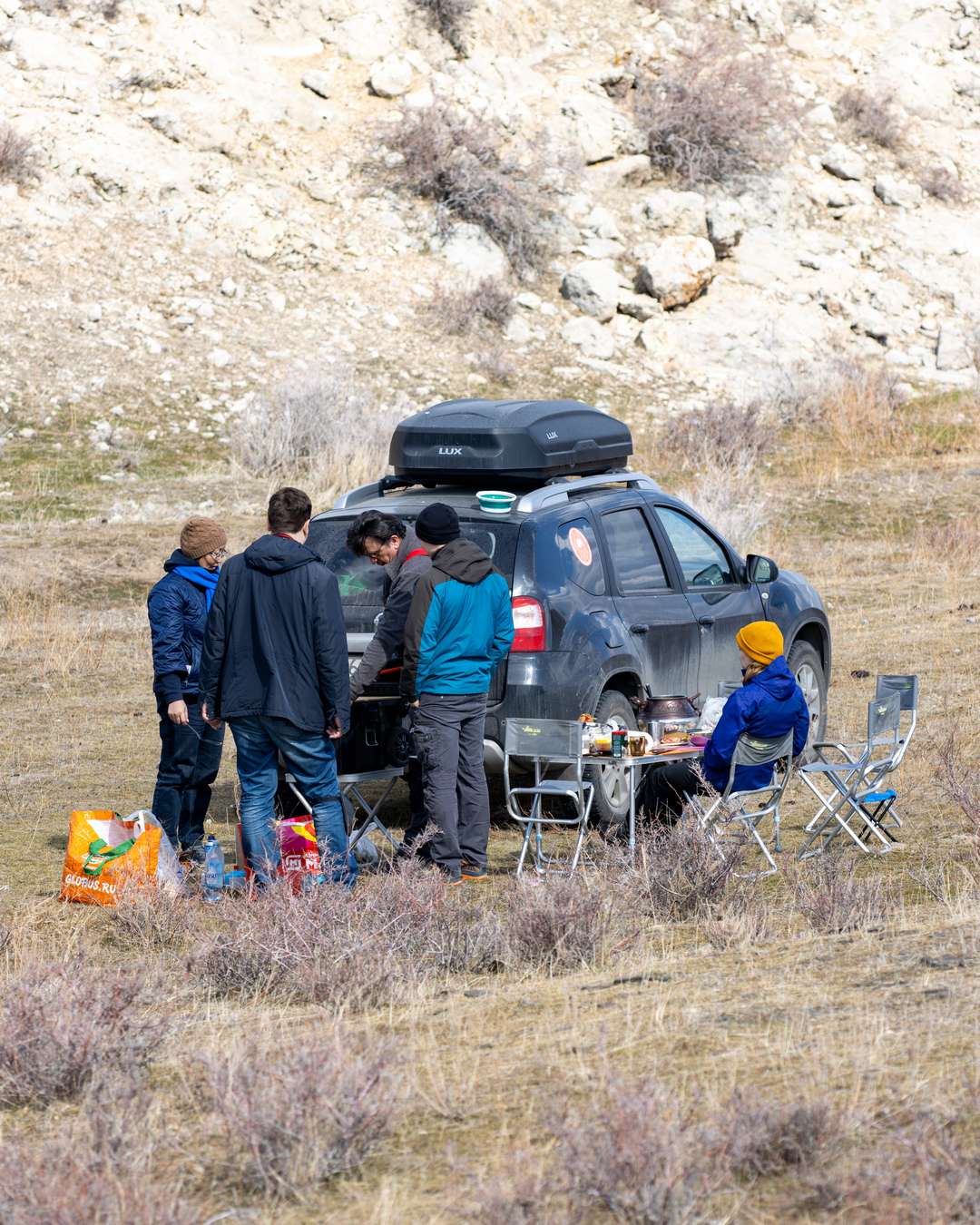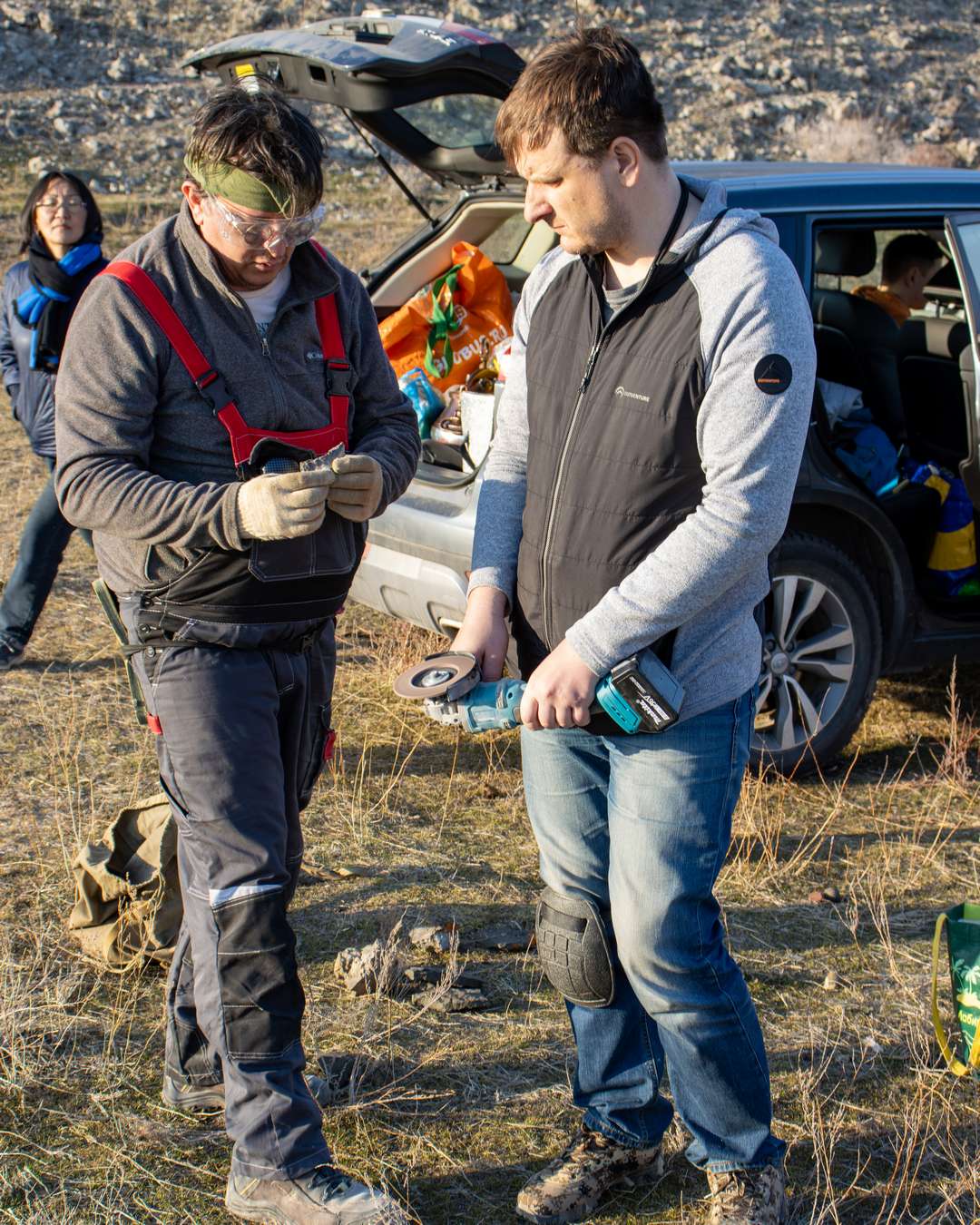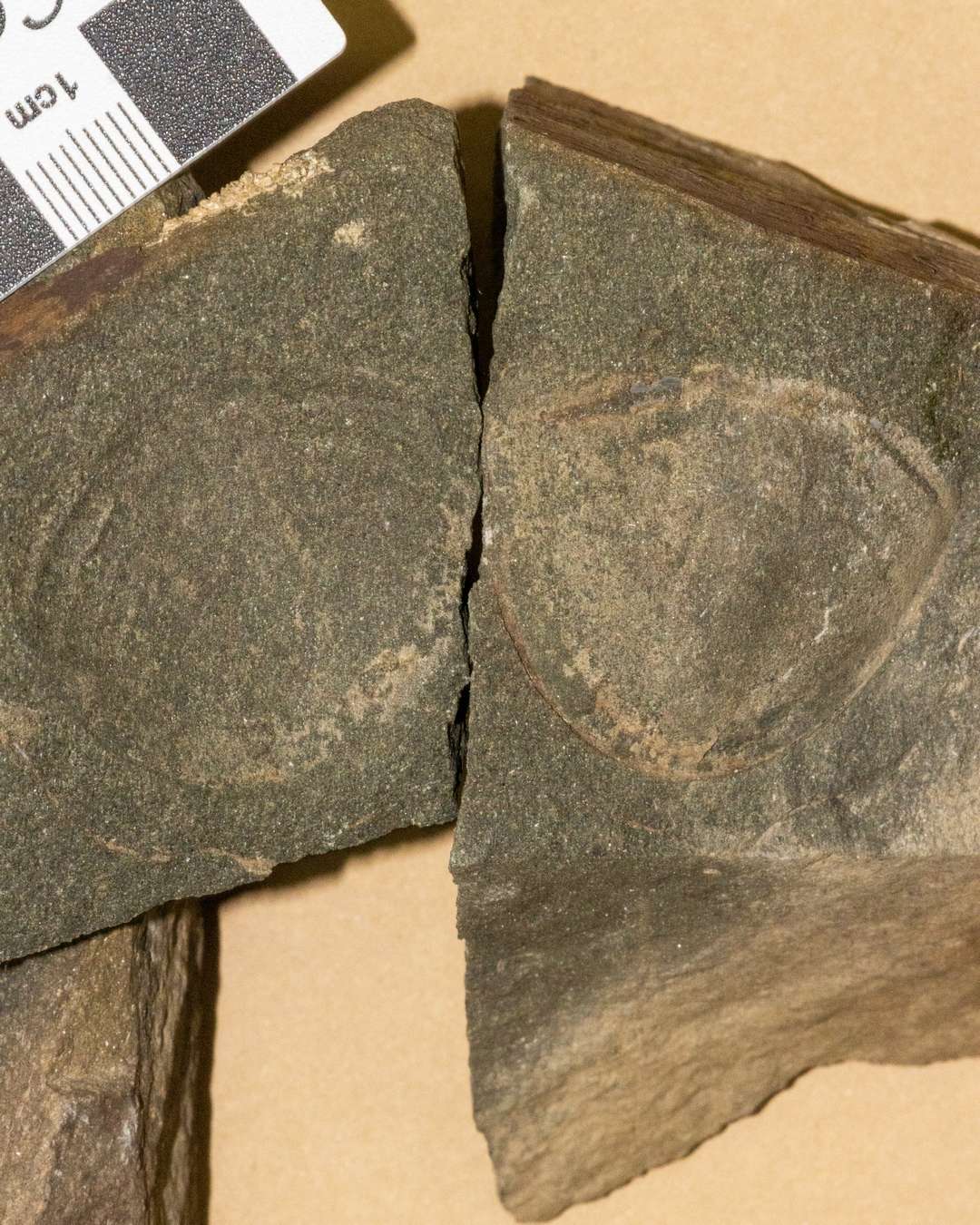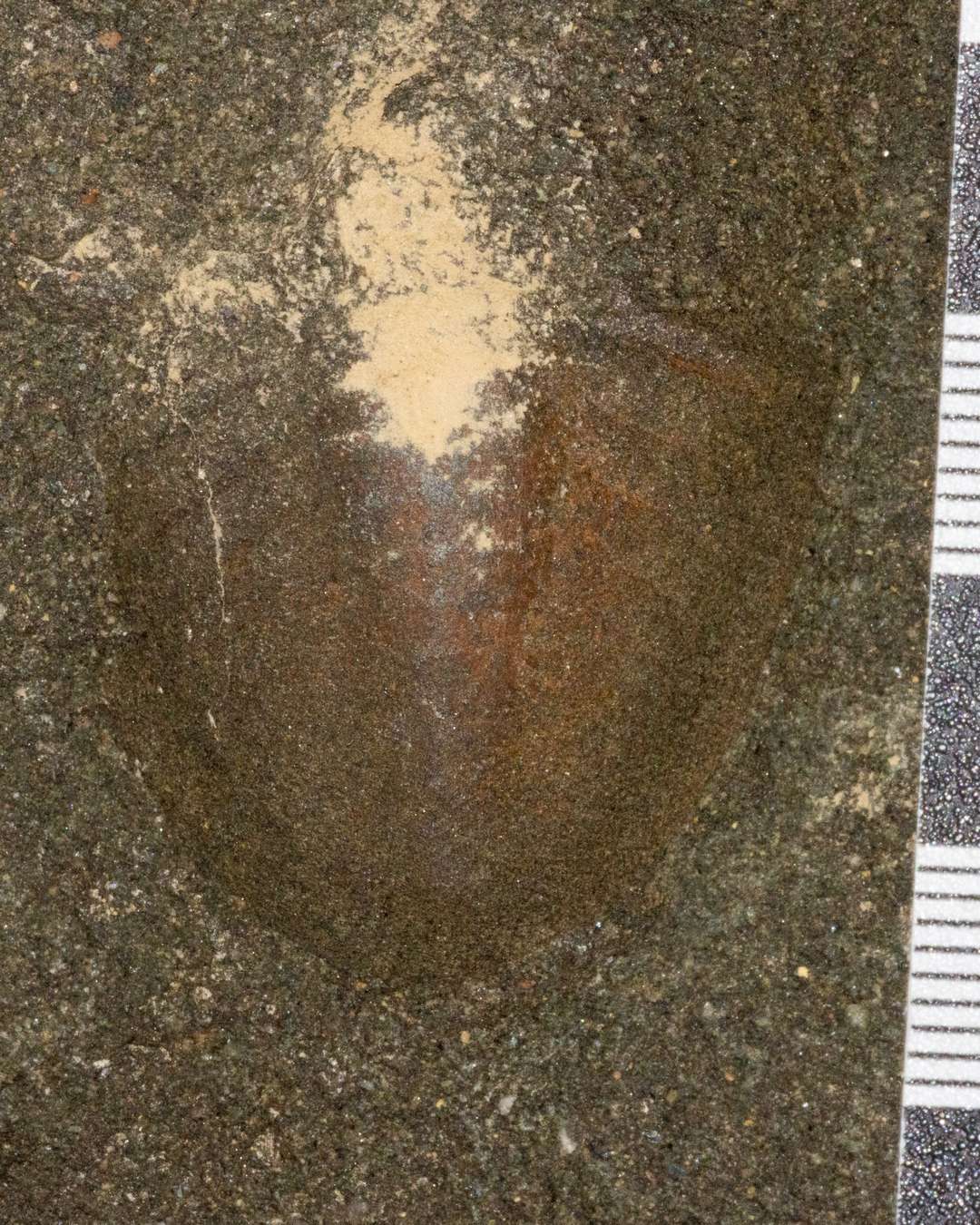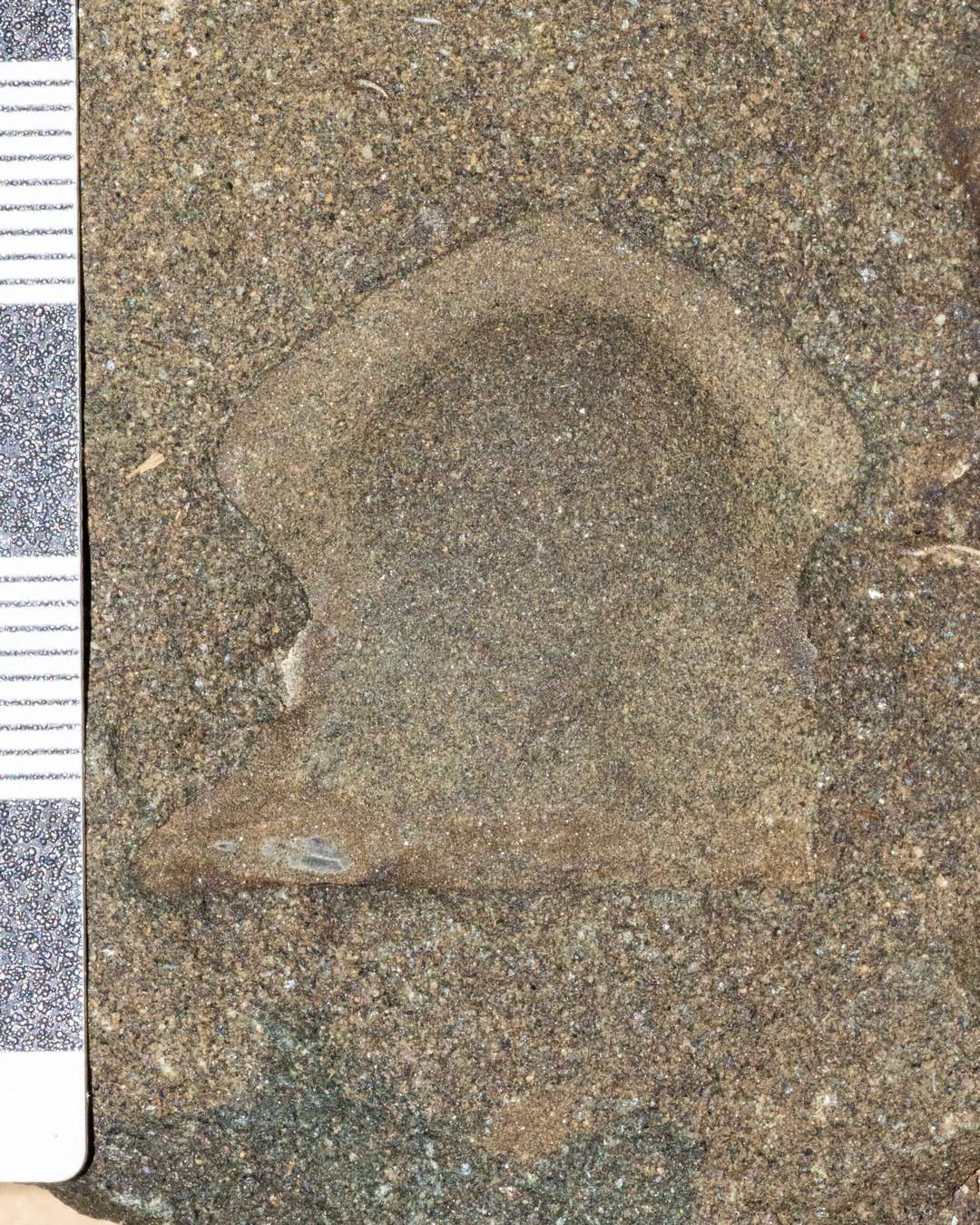Warm spring weather has finally arrived in the vicinity of Almaty, and the staff of the Paleozoology Laboratory at the Institute of Zoology wasted no time organizing their first field excursion. After a long winter, we’d been missing excavation work!
This past weekend, the team traveled to Kurzhaksay, where marine sediments from the Ordovician period are found, approximately 460 million years old. The excursion included Acting Head of the Paleozoology Laboratory, Dmitry Kopylov, adjunct researchers Andrey Rossiyskiy and Pyotr Gaiduk, and four volunteers.
The main goal of our “weekend expedition” was to survey known sites that haven’t been studied in a while and to scout for new locations.
The expedition proved productive: we collected about 50 specimens of ancient marine life. Among our finds were remains of trilobites, gastropods, bivalve mollusks, and sponges.
Over the next month and a half, we plan similar single-day field trips to nearby fossil sites—primarily for dinosaur excavations in Karachek. Major fieldwork will begin in May, once consistently warm weather sets in.
The Kurzhaksay expedition is just the start of the field season. More trips and more discoveries lie ahead! Stay tuned for updates!
What are trilobites?
Trilobites are among the most recognizable ancient animals, truly the “rulers of the seas” of the Paleozoic Era. They first appeared more than 520 million years ago, dominated the oceans for hundreds of millions of years, and became entirely extinct about 250 million years ago. These arthropods left no living descendants, though they resemble woodlice in appearance, while their relationships to modern insects and crustaceans are quite distant.
Most trilobites were bottom dwellers that fed on decaying organic matter and carrion, and some were active predators. Trilobites generally ranged from 5 to 15 cm in length, although some giants reached up to 90 cm. Their bodies were divided into three segments: a head (cephalon), a thorax, and a tail plate (pygidium).
During excavations in Kurzhaksay, the most common finds are isolated trilobite heads and pygidia, because as these creatures decayed, their bodies typically separated into segments.
Trilobites were one of the most successful groups of ancient animals, with over 20,000 species. Their fossils are found worldwide and help geologists determine the age of rock layers.
Photos by: Dmitry Kopylov, Anna Pak
March 19, 2025

